Every year, I survey the top-ranked shooters in the Precision Rifle Series (PRS) to find out exactly what gear the best in the world are running. From rifle actions and scopes to tripods and ballistic solvers, these “What The Pros Use” reports reveal the real-world trends among elite competitors, all based on hard data, not marketing claims. This time, we’re digging into something every shooter needs but often overlooks: hearing protection.
For this study, I collected detailed data from the 200 top-ranked shooters in the PRS Open Division, asking each what ear protection they personally use in competition. That means this isn’t guesswork or sponsorship fluff. These are the guys and gals shooting in the toughest conditions, burning literally thousands of rounds a year, and still needing to hear every command from the range officer. They spend way more time at the range than most! They’ve learned, often through painful experience, what actually works when it matters most, and what they trust to protect something priceless: their hearing.
When you gather data from this large group of pro shooters, patterns start to emerge. Clear favorites rise to the top, and niche gear choices reveal themselves, too. Whether you’re choosing between in-ear electronic plugs or over-ear muffs, this data-driven guide will help you identify the best hearing protection for your own range days or matches.
In-Ear vs. Over-The-Ear Muffs
There are a ton of options out there for ear protection, but they often fall into two form factors: over-the-ear muffs or in-ear models (similar to AirPods or earbuds). Here is a breakdown of what this group of marksmen opt to wear in competition.
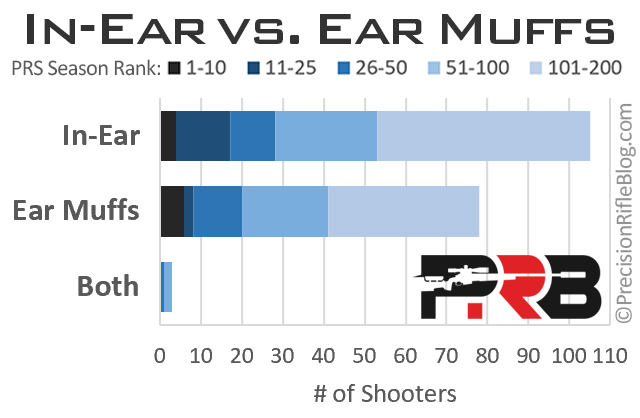
On the chart above, the various colors represent where a shooter landed in terms of season rank in the PRS. For example, black indicates shooters who finished in the top 10, the darkest blue is people who finished 11-25, and the lighter the blue, the further out they finished in overall standings. The chart legend itemizes the ranks each color represents, but basically, the darker the color, the higher the shooter’s overall ranking.
When it comes to how shooters wear their ear protection, there’s a clear trend among the top 200 Precision Rifle Series competitors: 56% of these guys prefer in-ear hearing protection, while 42% still use traditional over-ear muffs. A very small percentage of shooters reported using both during a match to be doubly protected against the loud muzzle brakes that most of these competitors run.
The popularity of in-ear solutions has steadily grown over the years as technology has improved. Modern electronic in-ear models offer active noise reduction, excellent clarity, and minimal bulk. Many top competitors like that in-ears don’t interfere with rifle stocks, cheek weld, or hats, and they’re cooler and lighter to wear during long match days in the heat.
On the other hand, some shooters still prefer over-ear muffs for their value, consistent seal, simplicity, and reliable protection. Both options can provide the best hearing protection when used correctly, but this data shows that in-ear designs are now the go-to choice for most of the top shooters in the PRS.
Electronic vs. Passive Hearing Protection
You can choose passive (non-electronic) hearing protection or electronic versions that use built-in microphones and speakers. Electronic models amplify quiet sounds (like voices or range commands) but instantly suppress loud gunfire or machinery noise. The passive ear protection consisted of either generic foam ear plugs or custom-molded in-ear protection, without any battery/amplification.
Here is the breakdown of how many shooters used each type:
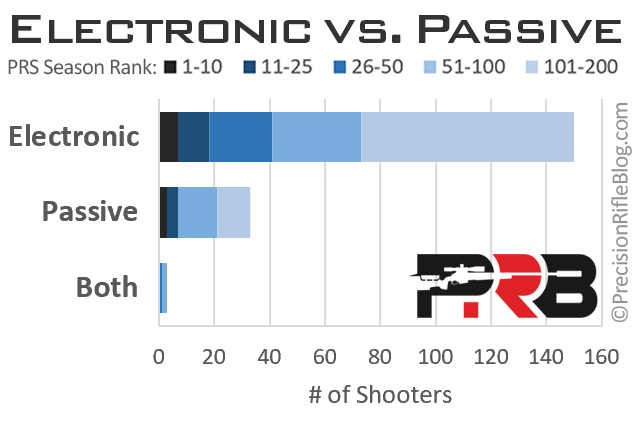
81% of pro shooters use electronic hearing protection, and 18% rely on passive ear pro. Electronic models allow shooters to hear range commands from an RO, the start timer for a stage, and other ambient sounds while still protecting against gunfire, which can be very helpful in fast-paced match environments.
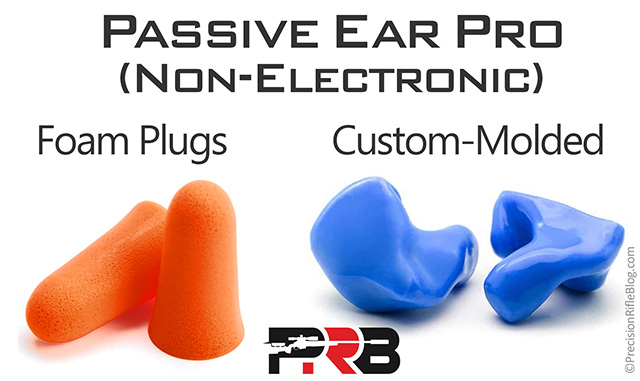
Of the 33 shooters who said they used passive ear protection, 61% said they used “generic foam ear plugs,” and 39% said they used “Custom-Molded Non-Electronic In-Ear Protection.” There were 3 shooters in the top 10 who were using passive ear protection, so clearly these simpler solutions can still work well at a rifle match.
A few shooters reported using both electronic and passive setups (e.g., foam plugs + over-the-ear electronic muffs), but the data clearly shows that electronic hearing protection has become the overwhelming favorite among the best precision rifle competitors.
What Is Custom-Molded or Custom-Fit Ear Pro?
Custom-fit ear protection is individually shaped to fit the unique contours of your ear canal. Instead of using generic foam plugs or over-the-ear muffs, these are made from impressions or digital scans of your ears for a perfect seal and maximum comfort. The impressions are sent to a manufacturer who creates earplugs or electronic in-ear devices specifically shaped to your ears. If your ears hurt after a long day of shooting, you struggle to keep in standard earbuds, or you just want the ultimate in comfort, then you should consider custom-fit.
Best Ear Protection Brands
Finally, the chart below shows the brands that this group of elite shooters said they use in competitions. This chart excludes the shooters who said they use some kind of generic foam plugs or generic custom-molded ear pro. It only includes the specific brands that shooters provided on the survey.
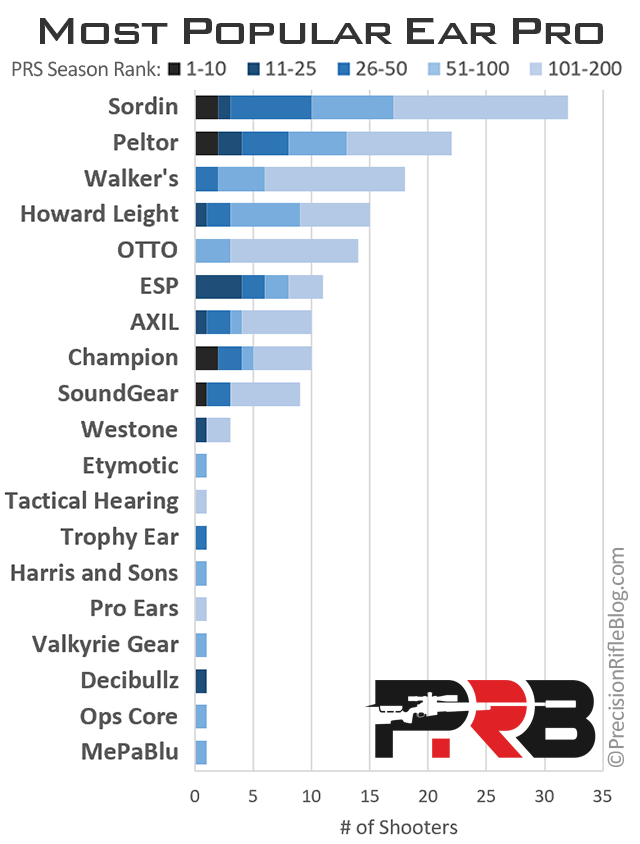
The pros were spread over a huge range of brands. We’ll dive into the most popular brands and specific models they mentioned below.
#1 Sordin: 17% of Pros
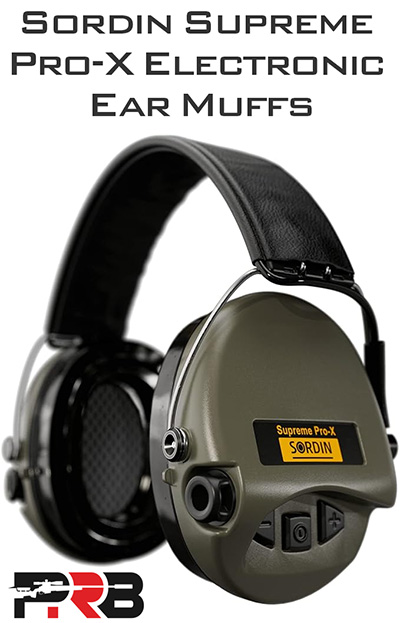
When it comes to ear protection, one brand clearly stands above the rest among the top-ranked shooters in the Precision Rifle Series: Sordin. 17% of the top 200 PRS competitors said they use Sordin ear pro, making it the most popular choice by a wide margin. All of those shooters specifically reported using the Sordin Supreme Pro-X Electronic Earmuffs. These shooters are logging thousands of rounds a year, and the fact that one in five trust Sordin speaks volumes about its comfort, reliability, and sound clarity under match conditions. The Sordin Supreme Pro-X Electronic Ear Muffs have a street price of $340 (at the time this was published).
There were shooters using Sordin Supreme Pro-X Electronic Over-The-Ear Muffs at every level, including 10 in the top 50, with 2 of those being in the top 10. That means they were also the most popular choice among the guys at the very top of the leaderboard.
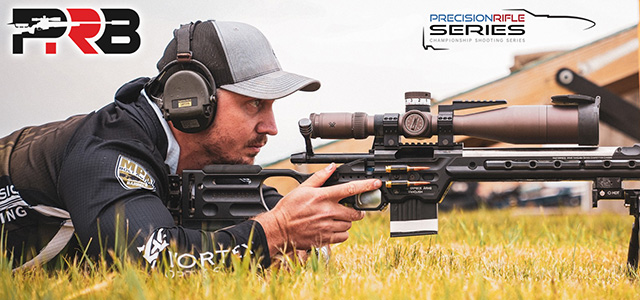
#2 Peltor: 12% of Pros
Peltor was the second most popular brand among the pros, representing 12% of these top-ranked shooters. Of those using Peltor, 75% were using the Peltor Electronic In-Ear Protection and 25% using Peltor Electronic Ear Muffs.
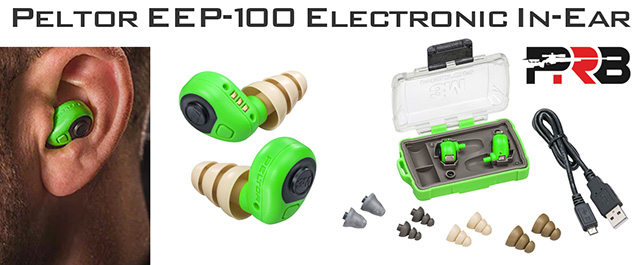
The Peltor EEP-100 In-Ear Electronic Ear Pro appears to be the most popular model, which has a street price around $230. In fact, you can see pro shooter Patrick Youngs, who finished 15th overall in the Open Division last season, sporting a pair below.
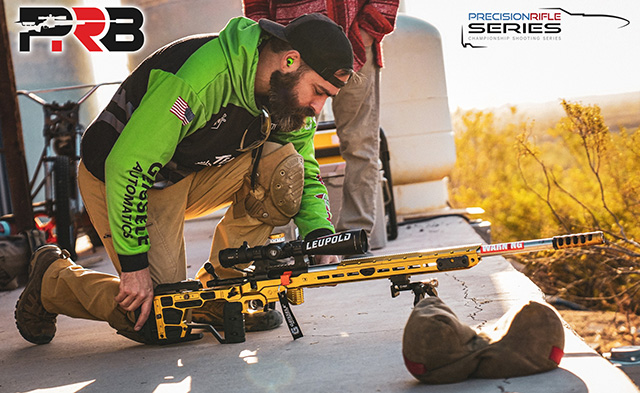
#3 Walker’s: 10% of Pros
10% of these shooters were using Walker’s ear protection. The pattern for Walker’s was flipped, with only 22% of those using Walker’s opting for the in-ear models and 78% choosing the over-the-ear muff form factor.
In the photo below, pro shooter and AG Cup Champ Andy Slade is wearing the Walker’s Razor Slim Ultra-Low Profile Electronic Earmuffs, which have a street price of around $41.
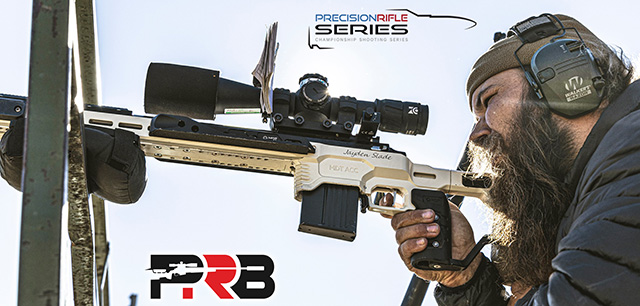
#4 Howard Leight: 8% of Pros
The iconic Howard Leight Impact Sport Electronic Ear Muffs were the next most popular pair, with 8% of shooters opting for those over-the-ear muffs. They’re one of the most common sets of ear pro you’ll see at any range, instantly recognizable and widely trusted for their balance of price and performance. Street price for the Howad Leight Impact Sport Earmuffs are around $56.

#5 OTTO Engineering: 8% of Pros
The OTTO Engineering NoizeBarrier In-Ear Electronic Ear Protection represented 8% of these pro shooters, although it was interesting to see that none of the guys in the top 50 were using them. I’m not sure what to make of that, but that fact did seem to stick out in the data. The street price on these is around $470.
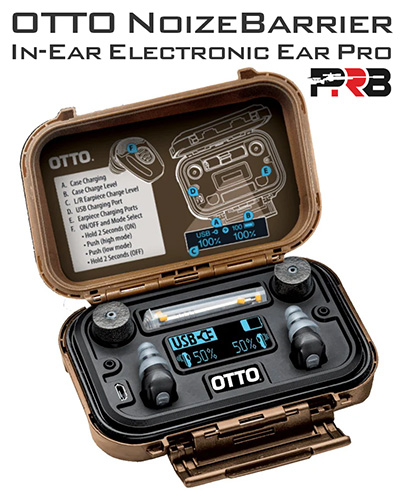
#6 Electronic Shooters Protection (ESP): 6% of Pros
Electronic Shooters Protection (ESP) represented 6% of these pro shooters. That included 6 ranked in the top 50, making it one of the most popular choices among those at the very top. ESP makes professional-grade custom-molded in-ear hearing protection. ESP is one of the few custom-fit electronic hearing protection systems on this list. The ESP Stealth is the most popular model, which are priced at $2,100 – making it the most expensive set of ear protection in this list.
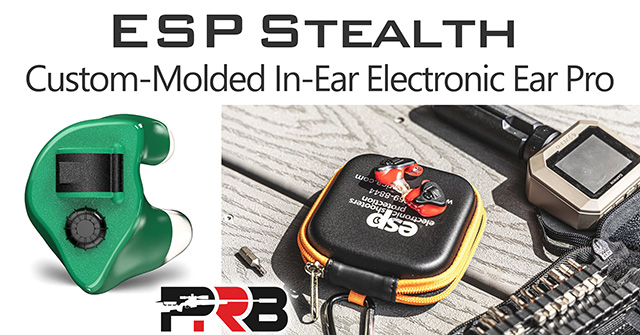
I (Cal Zant) was one of these pro shooters surveyed, and I’ve personally been using ESP Stealth ear protection since 2017. That’s a photo of me sporting them at the 2024 PRS Finale below. While the price tag was hard to swallow, I haven’t regretted it for one second and consider it one of the best investments I’ve made. Because they are custom-molded to your ears, they are so comfortable that you’ll forget they’re in. I’ve worn them 12-16 hours straight on hunts, and then forgot to take them out on the drive home because you don’t even notice they’re in. I’ve had my hearing tested and have no hearing loss, but I prefer wearing these because the amplification simply helps me hear a little better. (By the way, I paid full retail price for my pair, so this isn’t some kind of “sponsored” plug.)
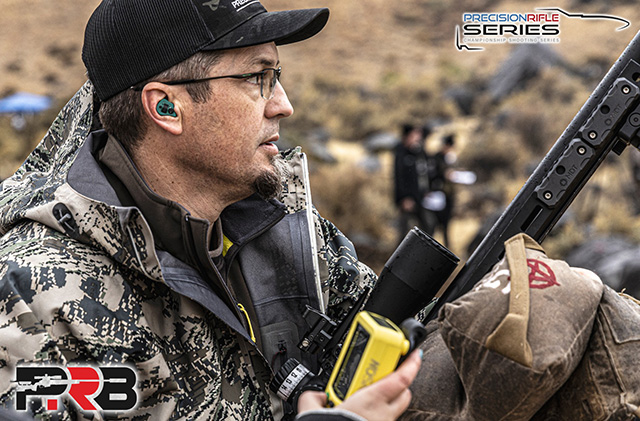
When I originally bought my ESP ear pro, I didn’t have a comprehensive list like this of other top models to compare (which is why I thought this article could be so helpful 😉). While I still love my ESP Stealth ear pro, if I were buying again today, I’d also consider the SoundGear Phantom, which is another popular custom-fit electronic in-ear system (more on that model below).
#7 AXIL: 5% of Pros
5% of these elite shooters were using AXIL ear protection. 90% of those using AXIL reported running their in-ear models, and 10% said they used the over-ear muffs. The AXIL XCOR PRO Wireless Earbuds feature Bluetooth and Touch Control and has a street price of $210.
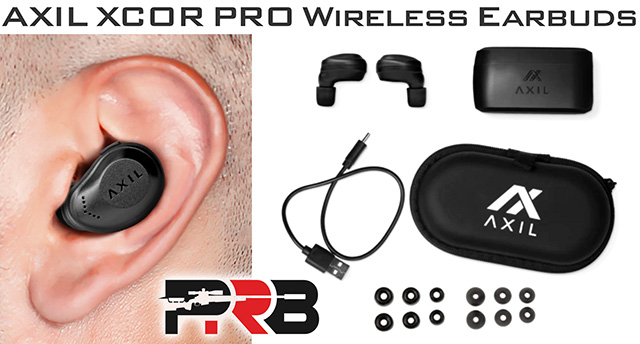
#8 Champion: 5% of Pros
5% of the pro shooters were running the Champion Vanquish Pro Elite Electronic Earmuffs, including two shooters in the top 10! Street price on the Champion Vanquish Pro Elite Electronic Hearing Muffs is $195. You can see two-time PRS Season Champ Austin Orgain in his Champion Vanquish ear pro in the photo below.
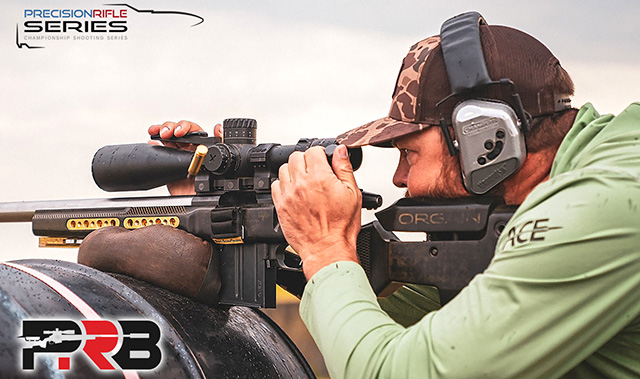
#9 SoundGear: 5% of Pros
5% said they used SoundGear Custom-Molded Electronic In-Ear hearing protection, including 1 in the top 10. SoundGear offers a few different models, but a couple of these shooters specified that they used the SoundGear Phantom In-Ear model, which sells for $1,600. They also make the SoundGear Silver model ($1000), that are still electronic and custom-fit, but doesn’t include advanced features like Bluetooth or wind noise management. Only a couple of the shooters specified that they were using the Phantom, and the others didn’t say, so they might be using either model. SoundGear says the Phantom is their top seller, so it seems likely most of them may have been using that model.
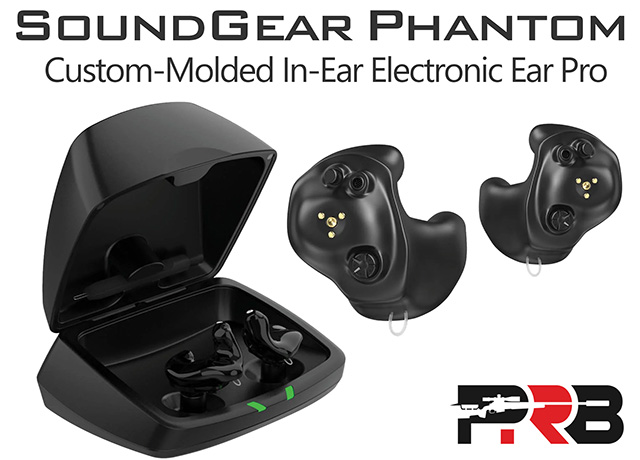
I did notice that if you buy a pair of these in October, you can use the discount code “PROTECT25” for 25% off the Phantom model. Here is a photo of the two-time IPRF World Champ, Austin Buschman, in his pair of SoundGear Phantoms.
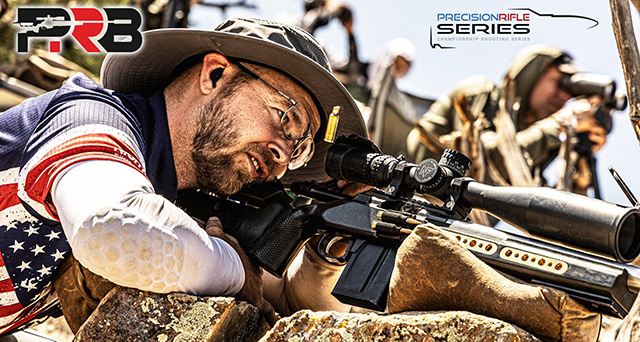
The Rest of the Brands
After the 9 brands above, usage drops sharply. The following brands were each used by only 1–2% of pros. While these brands clearly work well for some shooters, they represent niche preferences in a category largely dominated by a handful of other major players.
- Decibullz In-Ear
- Etymotic Electronic In-Ear
- Harris and Sons Electronic In-Ear
- MePaBlu Electronic Earmuffs
- Ops Core Electronic Earmuffs
- Pro Ears Stealth 28 HTBT Electronic In-Ear
- Tactical Hearing Electronic In-Ear
- Trophy Ear Flexx Pro Electronic In-Ear
- Valkyrie Gear Electronic Muffs
- Westone DefendEar Electronic In-Ear
Tip: You may be able to use HSA/FSA funds to purchase hearing protection devices, similar to hearing aids. That could save you some money. Check out ESP’s info on that subject. Whether it’s eligible or not could vary by plan, so check your specific plan documents or contact your administrator to confirm.
Other What The Pros Use Articles
This post is one of a series of articles that look at the equipment the top PRS shooters use. Here are links to other popular articles in that series from the past year:
- Best Scope Mount
- Suppressor vs. Muzzle Brake
- Best Muzzle Brake
- Best Suppressor
- Best Bipod
- Best Shooting Bags
- Best Reloading Presses & Dies
- Best Powder Scale
- How Do The Best Shooters Reload?
- Best Brass
- Best Long Range Bullet
- Best Rifle Scope
- Best Scope Magnification
- Best Rifle Powder
- Best Rifle Primer
- Best Long Range Ammo for Those Not Reloading
- Best Rifle Caliber
- Best Rifle Cartridge
View all “What The Pros Use” articles
To be the 1st to know when the next article goes live, sign up for email notifications:
Shop Using My Amazon Associates Link
If you buy stuff off Amazon, use the link below, and I get credit regardless of what you get or from what country you order – and you pay not a penny more! Amazon has an affiliate program that pays a small commission when readers use links from my website to buy stuff. You still get your stuff at Amazon’s great prices, and you can help support PRB at the same time.
 PrecisionRifleBlog.com A DATA-DRIVEN Approach to Precision Rifles, Optics & Gear
PrecisionRifleBlog.com A DATA-DRIVEN Approach to Precision Rifles, Optics & Gear
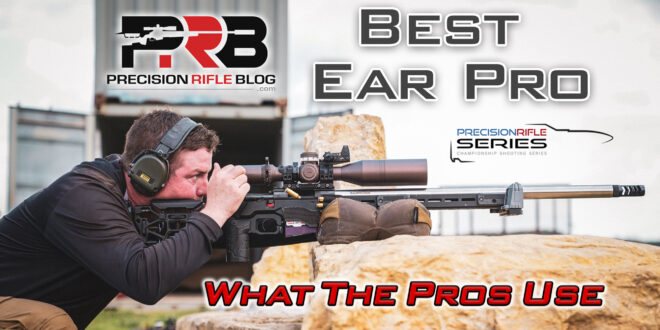
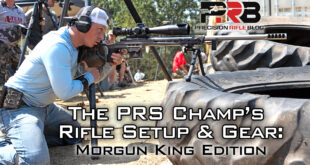
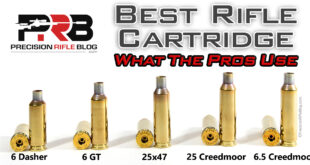
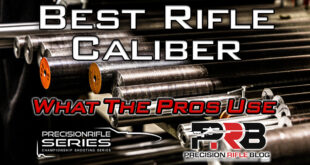


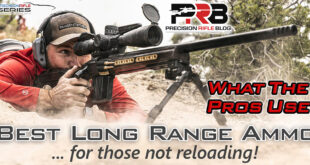

Great topic again Cal. Personally I have found the Howard Leight Impacts to have better sound quality than the Sordins and Walkers myself. I really like the Impacts with gel inserts and the auto shutoff is great.
Quite surprised how few pros are doubling up on ear pro and how many just use plugs. I double up at matches and at the range and my ears still ring afterwards, probably due to prior foolishness at a youger age. Some people almost seem immune to the noise.
Hey, Rodney. I’m a big fan of the Howard Leight Impact Sport Earmuffs, too. I have several pair. In fact, last weekend I hosted an event at a range for employees at the company I lead, and I bought 200 sets of electronic ear protection as a gift for everyone who attended. Guess what I bought them? Yep. Howard Leight Impact Sport earmuffs. In my opinion, it’s hard to beat the bang for the buck those provide.
Honestly, I’ve been using custom-fit ear pro since 2017 and I think the perfect seal those provide are the reason I don’t have to double up. I never get a headache or feel any fatigue after being at a two-day match. My theory is that if they’re custom-molded to your ear canal, less noise gets past them. They’re also 10 times more comfortable than other in-ear options, and much cooler than muffs. I live in Texas, and wearing muffs for 2-3 days at a rifle match can be brutal during the summer.
Thanks for sharing your thoughts!
Thanks,
Cal
I have ESP in-ear and, in addition to the NP, they are able to program them with the audiogram from my hearing aids and they have great automatic wind noise reduction. The wind noise reduction is very important to me as I quail and waterfowl hunt a good bit and need to both hear my hunting companions and knock down wind noise which renders others (like my Walkers) unusable in wind.
Hey, Steph. Thanks for sharing your experience. That’s a great point. I agree that the noise management in the ESP in-ear is great. Any time you involve microphones and wind, your going to have a problem without some kind of noise reduction.
Thanks,
Cal
Cal, as an older shooter who has hearing loss I think this may be one of the most important surveys you have compiled. I can say from personal experience that once you lose your hearing it will not come back. Wear hearing protection, you will thank yourself as you age.
100%! It’s kind of crazy how much we can ignore this critical piece of gear as shooters. This felt like an important article to do to me. I don’t think I’ve ever seen anything as comprehensive in terms of listing out all of the most popular hearing protection that veteran shooters are using. It would have sure been helpful for me a few times over the years!
Thanks for sharing that you appreciated the content.
Thanks,
Cal
I have the Otto NoizeBarrier. I’ve had these for a few years and I use Comply memory foam tips which I HIGHLY recommend. Over the ear models like the Sordins simply were not enough protection when shooting magnum rifles with brakes. My local range where I test rifles requires you to shoot into a sound trap, which is basically a 24” square tunnel about 5-6’ long lined with rubber. I had to double up with the Sordin muffs and wear ear plugs underneath.
The Otto’s have worked well but they are to the point where they are no longer holding a charge for all day shooting. Otto will sell the earpieces individually, but I really think I’ll move up to the custom molded models that you suggest. I have custom IEM (In-Ear Monitors) for music, so I’m glad to see that someone is making these for shooting.
Really appreciate the well-researched article. This is one of those little things that can make a huge difference for an all day range session and long term health. Timing couldn’t be better!!!
Thanks for sharing your experience, Jason. And I’m glad that you found this helpful. It doesn’t seem like there are many comprehensive lists like this out there, especially ones based on hard data of what the best of the best are actually using themselves.
Thanks,
Cal